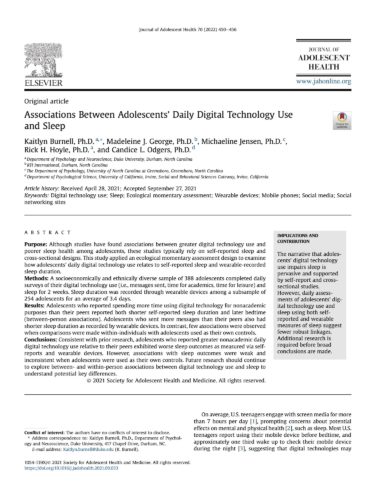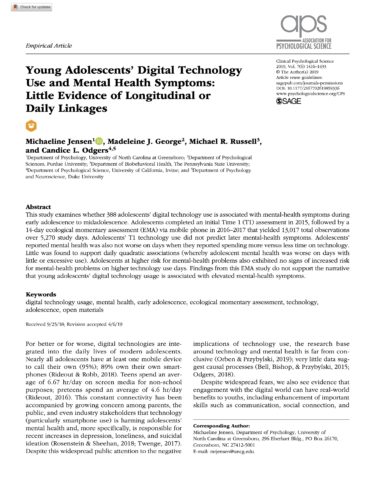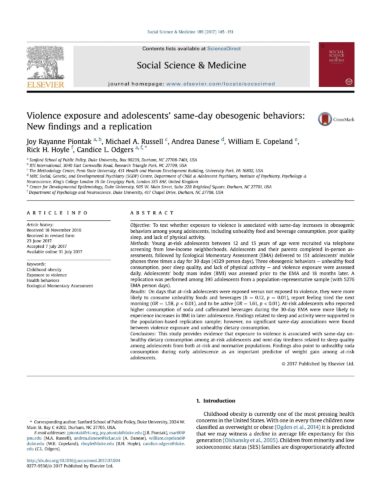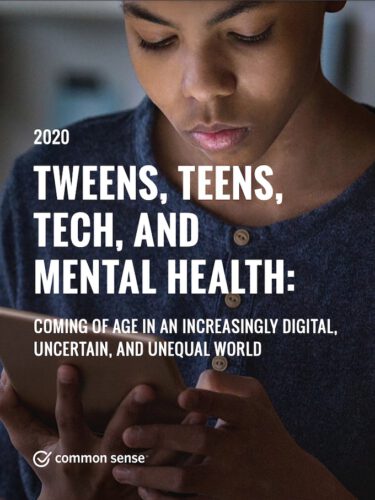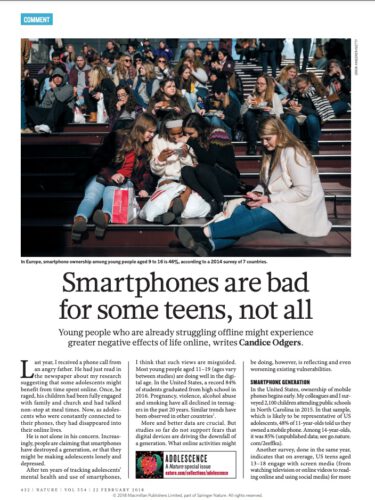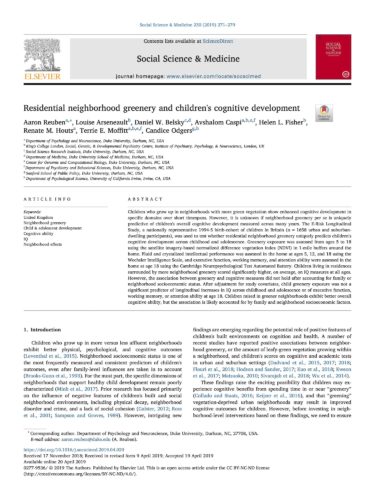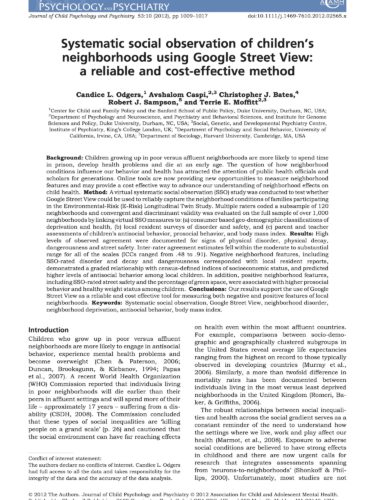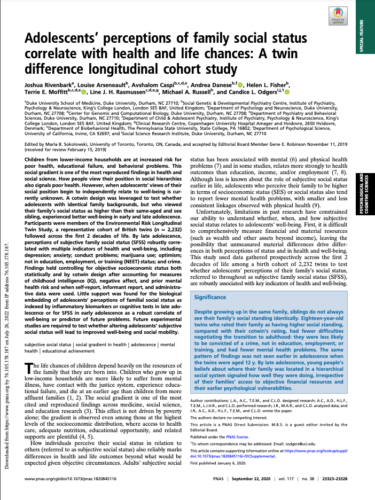Research
Capturing Adolescent Health In Daily Life
What are the daily triggers of adolescents’ behaviors and mental health symptoms?
Adolescent device usage and time spent online has skyrocketed in recent years and researchers have struggled to keep pace. For over a decade, our team has been assessing adolescents’ daily digital technology use and mental health via mobile phones, wearable devices, and informant-reports. Our early studies were one of the first to track adolescents using smartphones as they moved through their neighborhoods, schools, and homes. This work has generated new ways of identifying both offline and online daily triggers of mental health problems.
Digital Tech & Child and Adolescent Wellbeing
Is social media and screen time to blame for adolescents’ mental health problems? How can we improve the digital spaces where young people spend much of their time?
Adolescents spend much of their daily lives online and concerns have been raised that smartphone and social media use is harming their mental health. We have conducted new research in this area streaming data from adolescents’ phones each day as well as reviewed the existing evidence. Surprisingly, evidence to date does not support causal or robust associations between social media use and adolescents’ development. Instead, prior studies have produced a mix of small positive, negative, and often null associations – with few opportunities to sort out cause from effect. The narrative around social media and adolescent development has been overwhelmingly negative, but, to date, empirical support for the story of increasing deficits and disconnection is limited. What is needed now are approaches that go beyond a one-size-fits all approach to explaining and measuring digital technology effects and more balanced investments in understanding opportunities and risks in online spaces.
Neighborhoods and Child Health
How do the neighborhoods that children grow up in impact their life chances?
We take a genes-to-geography approach to testing the relationship between neighborhood-level factors and children’s health and behavior. To this end we have developed and openly share cost-effective methods for capturing levels of disorder, violence, decay and poverty in the neighborhoods of the children in our studies, including for the 2232 children in the Environmental Risk Longitudinal Twin Study.
Poverty, Income Inequality & the Developing Child
What does it mean for children to grow up in an increasingly unequal and uncertain world? Do young people “feel the hierarchy”?
Growing up in poverty threatens multiple aspects of children’s development. Our research has documented how both poverty and the growing divide between low-income children and their peers may influence the life chances of children from low-income families. Interestingly, how adolescents perceive their social status in relation to others often predicts differences in health and life outcomes beyond what objective indicators of wealth would indicate. Our new research from two longitudinal and genetically informative studies illustrates that adolescents’ views of their family’s social status become both more accurately calibrated and more predictive of health and wellbeing across adolescence.
